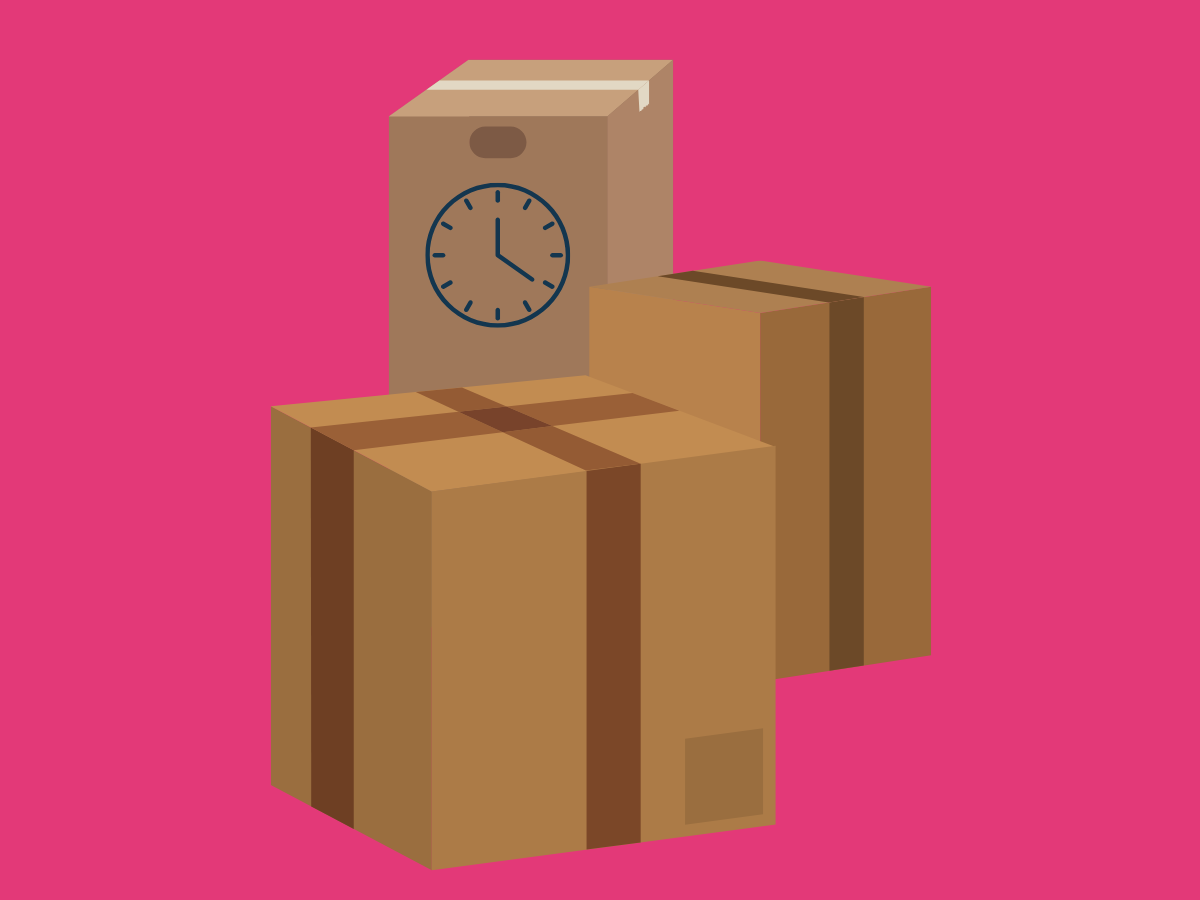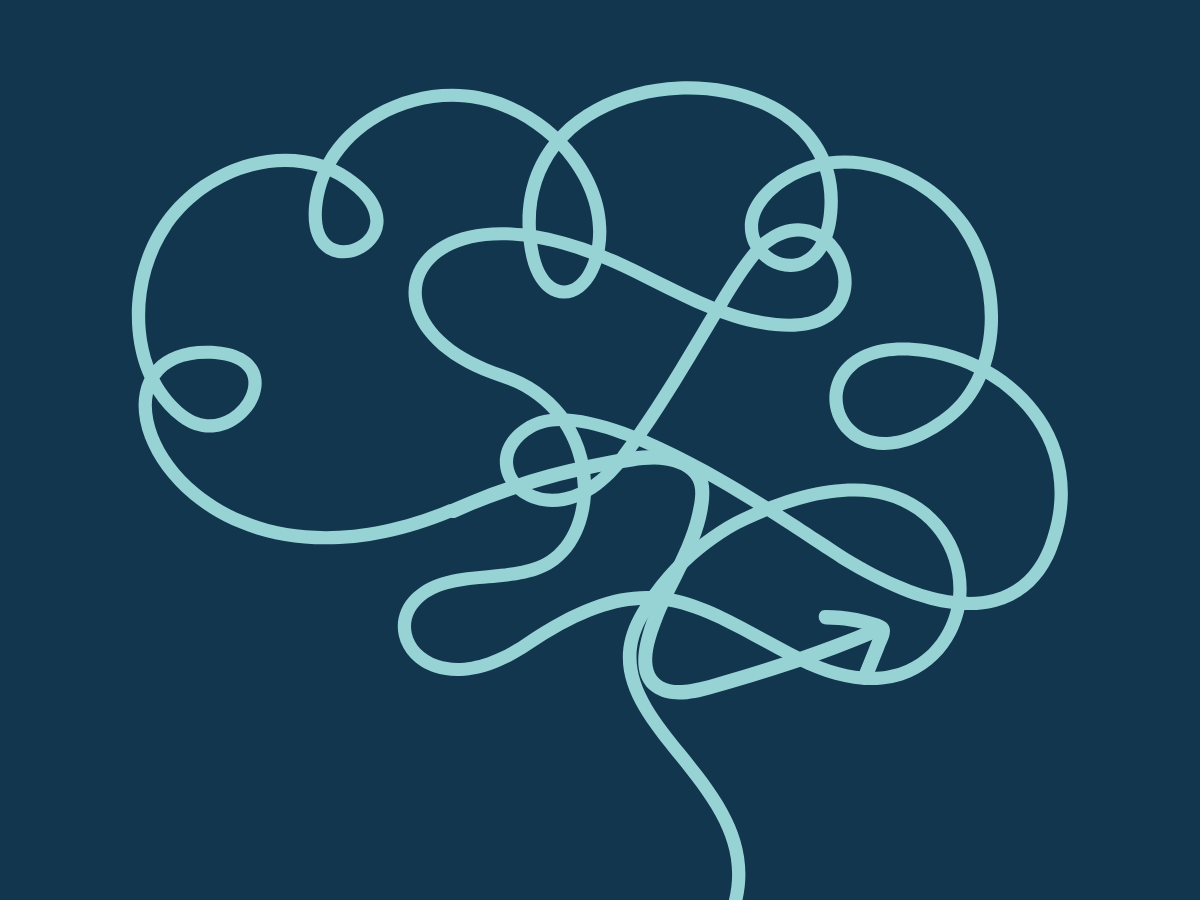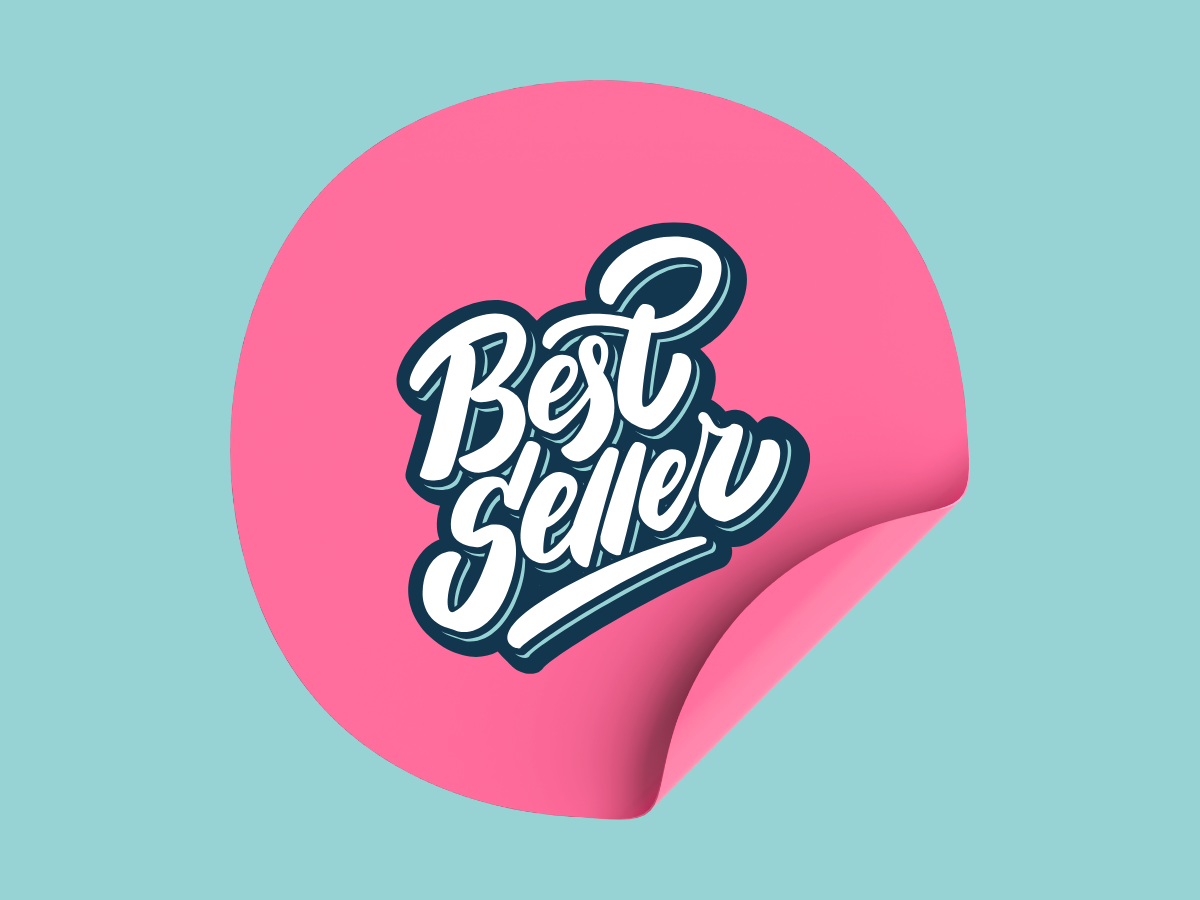Understanding customer intent in eCommerce
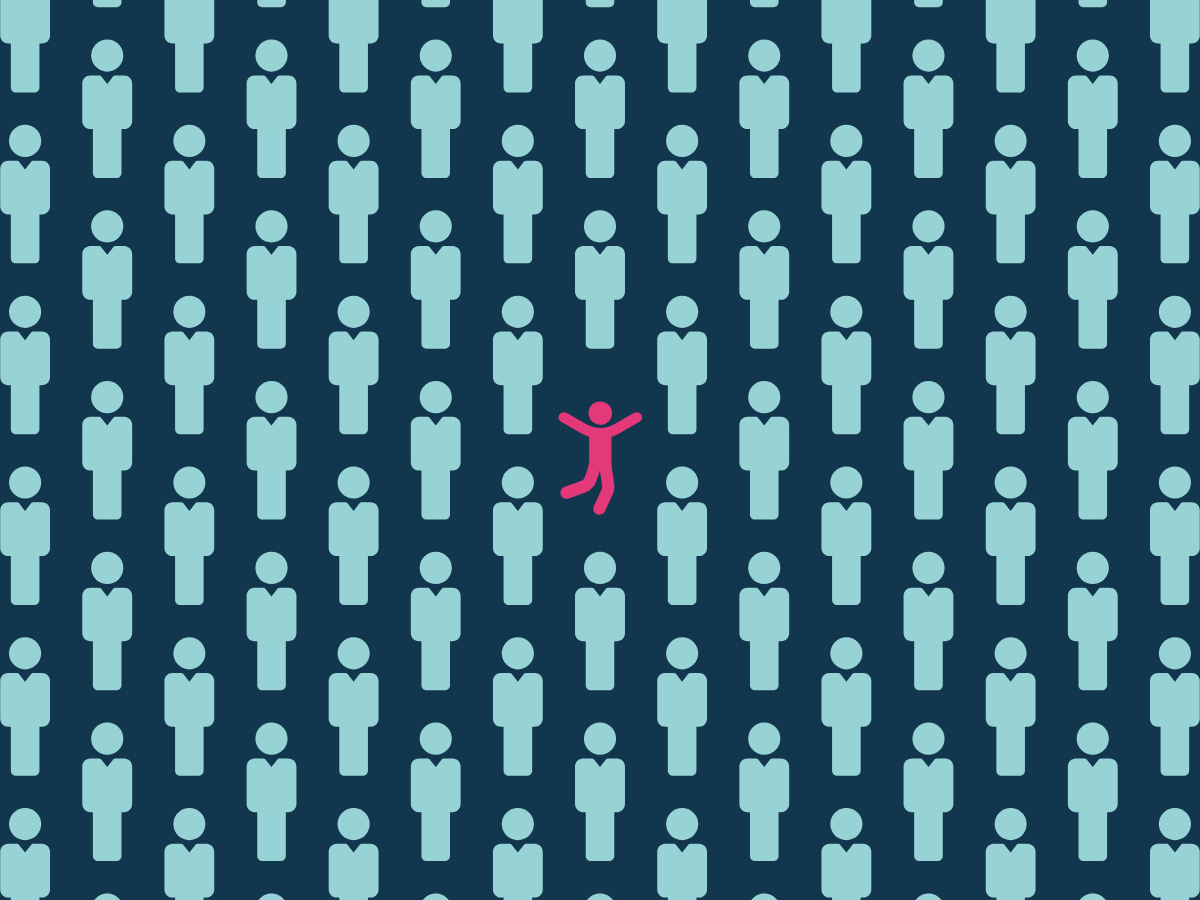
Two visitors land on your website. They browse the same products. They spend a similar amount of time on your pages. But only one converts.
What separates them?
What is customer intent?
Customer intent is the reason someone visits your store. It's what they're trying to accomplish right now.
Are they browsing for ideas? Comparing your prices against competitors? Ready to complete a purchase?
In retail stores, experienced shop assistants read these signals instinctively. They know when to approach, when to give space, and when to mention the sale.
Online, you need the same capability, just at scale.
And without the ability to ask, "Can I help you find something?"
Why customer intent matters for eCommerce CRO
Here's what most eCommerce marketers already know: The majority of your traffic will never convert.
The average conversion rate of an eCommerce site is 2.5 - 3% according to Shopify. That means around 97 - 98% doesn't convert.
That's not a problem to fix. It's a reality to work with.
The real question is: Can you identify visitors with high purchase intent? Can you optimize their experience while reducing wasted spending on everyone else?
When you understand intent, three outcomes improve:
- Stop discounting customers who were already buying
- Increase conversions by targeting fence-sitters effectively
- Move slow inventory through precise promotions
Research from Salesforce shows that 73% of customers expect companies to understand their needs and expectations. Intent data helps you meet that expectation.
The cost of ignoring intent
Most eCommerce platforms make personalization difficult. So marketers fall back on blunt tactics:
Site-wide banner: "20% off everything" 10-second pop-up: "Get 15% off your first order"
Exit intent: "Wait! Here's 25% off"
You're discounting customers who were buying anyway. And still losing the ones who needed a nudge.
Our research with IMRG shows that around half of all transactions, items, and revenue are discounted. But what percentage of those customers actually needed the discount to convert?
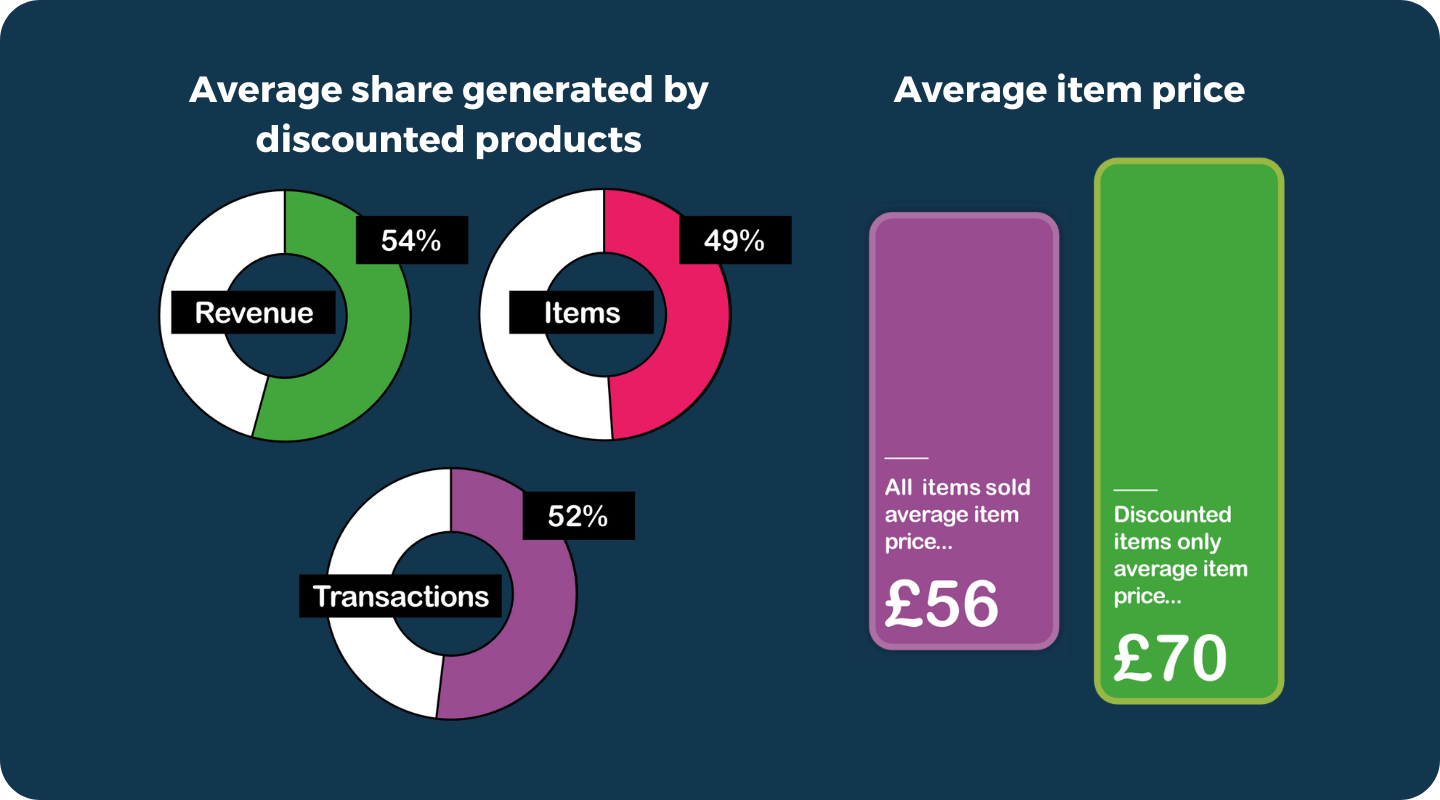
That gap is pure margin loss.
The four types of customer intent
Not all visitors arrive with the same goal. They fall into four intent categories:
Informational intent
These shoppers are researching. They're asking questions.
- "What's the difference between memory foam and latex mattresses?"
- "How to choose running shoes for flat feet"
They're not ready to buy. They're learning. They need content, not conversion pressure.
Commercial intent
Now they're serious. They're comparing options, reading reviews, and checking different brands.
- Visiting product pages for three different coffee machines
- Spending time on comparison charts
- Reading customer reviews
They've moved from "Should I buy?" to "Which should I buy?"
Your job is to make your option the obvious choice.
Navigational intent
These visitors know your brand. They're looking for your specific site or a particular product.
Often they'll search, e.g. "Nike Air Max 90 black" on your site or in Google.
They're close to buying. Just help them find what they want. Fast.
Transactional intent
This is high-intent traffic. These people are ready to buy.
Searching, checking delivery costs, looking for discount codes, and adding items to their shopping cart.
They've made their decision. Now they're optimizing the deal.
How to spot customer intent signals
Intent reveals itself through three main channels:
Search behavior
The words people use tell you exactly where they are in their journey.
- "Best laptops 2025" = informational intent
- "Dell XPS 15 review" = commercial intent
- "Dell XPS 15 discount code" = transactional intent
Track which keywords drive your traffic, and you'll see your intent mix.
Onsite actions
Behavior predicts intent better than demographics.
Visiting the same product page three times? Strong interest. Adding items to the cart and then leaving? On the fence. Clicking straight to delivery information? Ready to buy.
Purchase history
Past behavior predicts future needs.
Someone who bought running shoes last month might be interested in running gear now, or someone who repeatedly browses baby products might be preparing for a purchase soon.
Example: A customer bought a DSLR camera three months ago and is now browsing lens pages. That's commercial intent for camera accessories.
Using intent data to optimize conversions
Once you know what visitors are trying to do, you can optimize their customer experience:
For browsers (informational intent)
Don't hit them with pop-ups and promotions. Give them helpful content instead.
- Buying guides
- Product comparisons
- Blog posts answering their questions
- Educational videos
Build trust first. Conversions come later (and they come more profitably when you haven't trained the customer to expect discounts).
For researchers (commercial intent)
Show them why you're better than competitors.
- Customer reviews and ratings
- Detailed product specifications
- Clear return policies
- Social proof elements
For ready buyers (transactional intent)
Make purchasing frictionless.
- Fast checkout process
- Clear delivery information
- Multiple payment options
- Stock availability
This is where smart promotions work. But here's the key insight: You don't need to give every buyer the same discount.
The three-tier approach to onsite promotions
Traditional approach: Everyone gets the same offer.
Smarter approach: Match promotions to intent levels.
High-intent visitors (15-20% of traffic)
These people are buying anyway. They're checking delivery, adding to the cart, and coming back repeatedly.
Give them: Nothing. Or minimal friction. Or free shipping. Or a small gift.
Don't give them: Your biggest discounts.
Medium-intent visitors (60-65% of traffic)
These people are on the fence. They're interested but not convinced.
Give them: Targeted incentives. Social proof. Urgency elements. Smart discounts.
This segment responds to persuasion. Test what works.
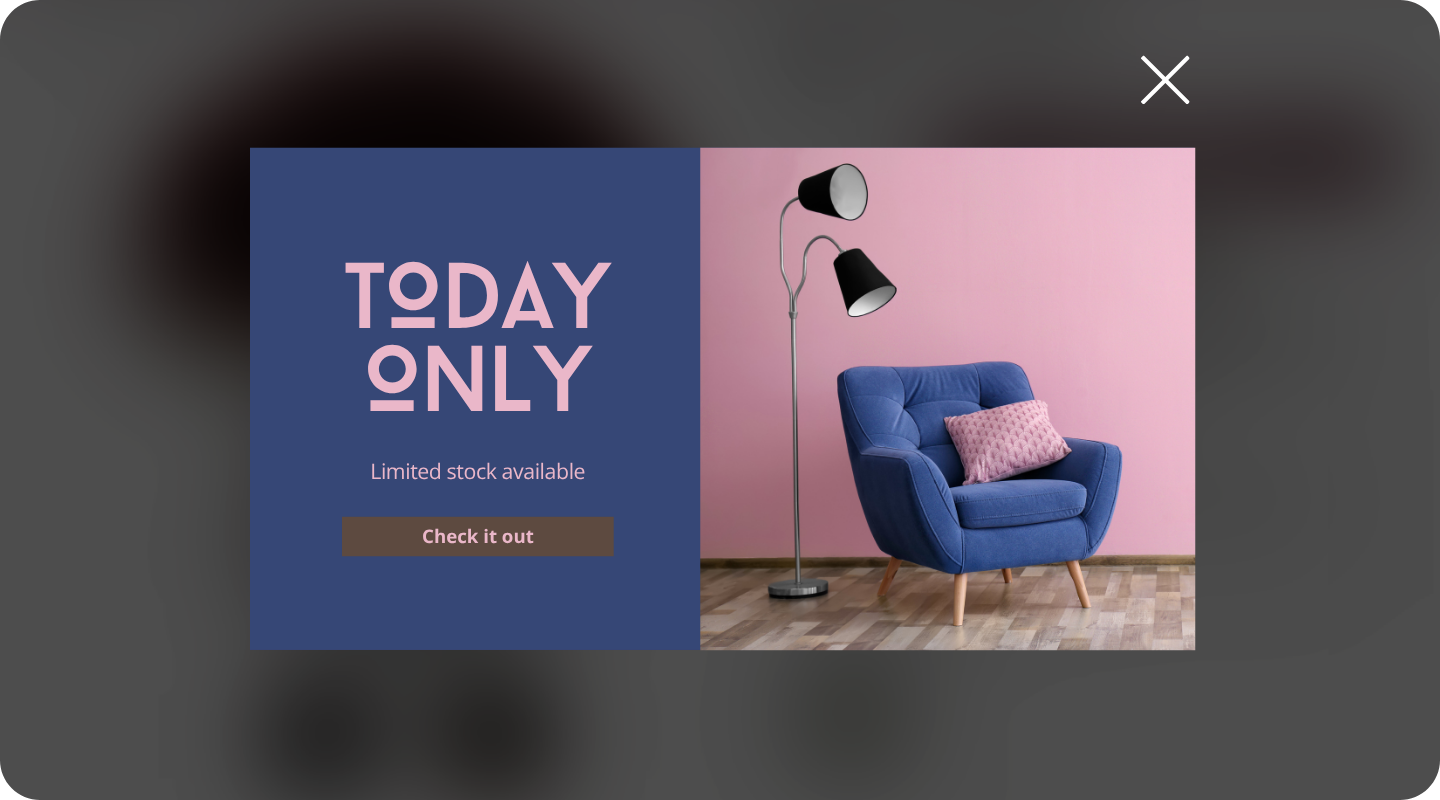
Low-intent visitors (15-20% of traffic)
These people aren't buying today. They're early in their journey or just browsing.
- Give them: Email capture opportunities. Content. Reasons to come back.
- Don't give them: Expensive discounts they won't use.
Measuring what matters
Track these metrics to see if your intent optimization is working:
Conversion rate by intent segment
Don't just look at overall conversion. Break it down.
Are high-intent visitors converting at 15-20%? Good.
Are medium-intent visitors converting at 3-5%? That's normal. Are low-intent visitors converting at under 1%? Expected.
If high-intent visitors aren't converting significantly better, something's broken in your customer experience.
Promotion cost as a percentage of revenue
This number should decrease as you get better at intent targeting.
It stays high if you give discounts to people who don't need them. Track it monthly and watch for improvements.
Revenue per visitor by segment
High-intent visitors should generate more revenue, not just because they convert more often but also because you're not discounting them unnecessarily.
Shopping cart abandonment by intent level
Not all abandoned carts are equal.
High-intent abandonment? They need a reminder or a friction point removed.
Low-intent abandonment? They were never buying anyway.
Stop treating both the same.
What happens when intent meets optimization
When you match your tactics to visitor intent:
- Conversion rates increase (typically 15-30%)
- Promotion spend decreases (as you stop over-discounting)
- Customer experience improves (because you're helping, not hassling)
- Inventory moves more strategically (through targeted promotions)
Getting started with intent optimization
You don't need sophisticated AI to begin. Start with what you can measure today.
Step 1: Audit your current approach
Look at your promotion strategy honestly.
- What percentage of customers get discounts?
- What percentage probably needed them?
- What's your current promotion cost as a percentage of revenue?
Step 2: Segment your traffic
Use Google Analytics (or your eCommerce platform's analytics) to identify patterns.
- Which pages do converters visit?
- How much time do they spend? What's their path to purchase?
- Create basic segments: High engagement, medium engagement, and low engagement.
Step 3: Test different approaches
Start small. Pick one segment and test a different experience.
Show different messages to different segments. Measure what works. Refine.

Step 4: Refine your promotion strategy
As you learn what works, adjust who gets what offers.
Stop giving your biggest discounts to your most engaged visitors. Save those for people who genuinely need the incentive.
The personalization opportunity
Intent data enables personalization that actually drives results.
Not "Hi [FirstName]" emails. Real personalization based on what someone is trying to do right now.
The same visitor might have a different intent across different sessions. Someone browsing on Monday might be researching, while that person returning on Thursday might be ready to buy.
Static personalization rules miss this. Intent-based optimization catches it.
Moving beyond blunt tactics
Traditional eCommerce marketing relies on simple triggers:
"After 10 seconds, show a pop-up"
"On exit intent, show overlay" "After three visits, send email"
These rules apply to everyone regardless of what they're actually doing.
Intent-based optimization asks: What is this specific visitor trying to accomplish now? Then responds accordingly.
It's the difference between interrupting everyone and helping individuals.
You intended to finish, and you did
Understanding customer intent is about respect.
Respect for the browser who wants to explore without pressure.
Respect for the buyer who's ready to purchase without needing a discount. Respect for the researcher who needs information, not incentives.
When you match your approach to their intent, everyone benefits.
Visitors get a better customer experience. You protect margin and increase conversions. Your promotional spending goes further because it targets people who need it.
That's not marketing complexity for its own sake. It's paying attention to what people are trying to do, then helping them do it.
The technology exists. The data exists. The only question is whether you're using it.


